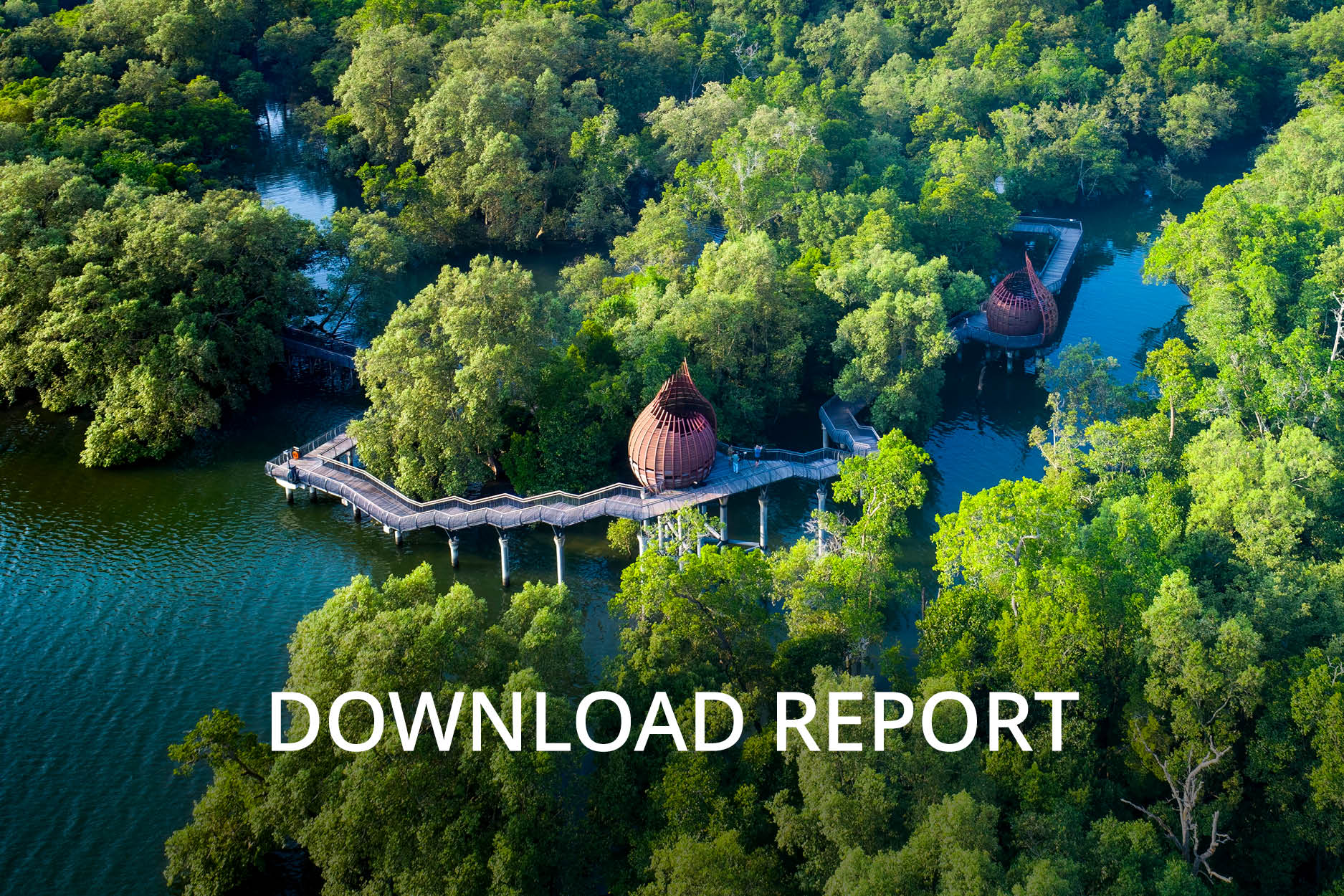Building liveable cities, with a touch of Singapore
With a rapidly growing population residing on a land area of just 716 square kilometres, Singapore has had to rely on ingenuity and innovative planning to ensure the city-state remains sustainable as well as liveable.
Its development into a globally-renowned Garden City has earned kudos from urban planners in other nations, many of whom aspire to adopt various components of Singapore's urban blueprint in their homeland.
With this in mind, the Temasek Foundation Leaders in Urban Governance Programme (TFLUGP) was established to bring together government leaders and urban practitioners in the region to tap Singapore's expertise.
Since the programme began in 2012, more than 90 city leaders from across Asia have attended the programme, which is funded by Temasek Foundation and organised by the Centre for Liveable Cities (CLC).
This year, the initiative - held over five days in early May - focused on key areas of urban governance such as integrated master planning, housing, and transport. Topics such as sustainable environment, and cleaning, greening, and biodiversity conservation were also covered, with the 20 Asian participants embarking on study trips to Singapore's residential estates such as Punggol 21+ and major eco-projects such as Gardens By The Bay.
Three urban and economic specialists from the World Bank also joined this year's programme, offering valuable insights on international best practices in urban regeneration and municipal financing.
Singapore itself had transformed from a Third World country, to a densely populated modern city that remains a highly liveable urban environment, said CLC Executive Director Mr Khoo Teng Chye. And it has done so over a relatively short period of just four to five decades, Mr Khoo noted, adding that the thriving metropolis had much to share from its illustrious journey.
Applying Singapore's experience at home
Delegates from seven city teams from Cambodia, China, India, Indonesia, Malaysia, and Vietnam presented their urban challenges at TFLUGP 2015.
China's Guangzhou officials, for instance, were keen to apply the insights they gathered during the programme to the planning and development of the Guangzhou International Financial Centre.
The team from Penang, Malaysia, also hoped to return home with important takeaway points on solid waste management (see video above).
Officials from the participating countries worked closely with Singapore's urban pioneers, including former Minister of National Development Mr Mah Bow Tan and former Director-General of National Environment Agency Mr Loh Ah Tuan, to develop plans for their respective cities.
Mr Khoo said: " As cities learn from Singapore and adapt the learnings to suit their own development context, there is also potential for fresh ideas and new urban solutions to be created.
"Hence, TFLUGP is really a starting point for continuous conversation and partnership between Singapore and cities from around the world," he said.
Over the next 12 months, participating teams are expected to apply key learnings from the programme to formulate plans and improvements to address their respective urban challenges.
Temasek Foundation and CLC will also follow up with selected cities to provide tailored support, ensuring they continue to receive assistance in rolling out their plans.
The past three instalments of TFLUGP have accomplished some notable results, providing customised training programmes for city planners from Colombo in Sri Lanka, Quezon City in the Philippines, and the National Development and Reform Commission in China.
Recently, in April 2015, Sri Lanka's Ministry of Urban Development, Water Supply, and Drainage kicked off a two-year initiative with various Singapore organisations to improve the urban infrastructure within its capital city and neighouring cities of Galle and Kandy.
